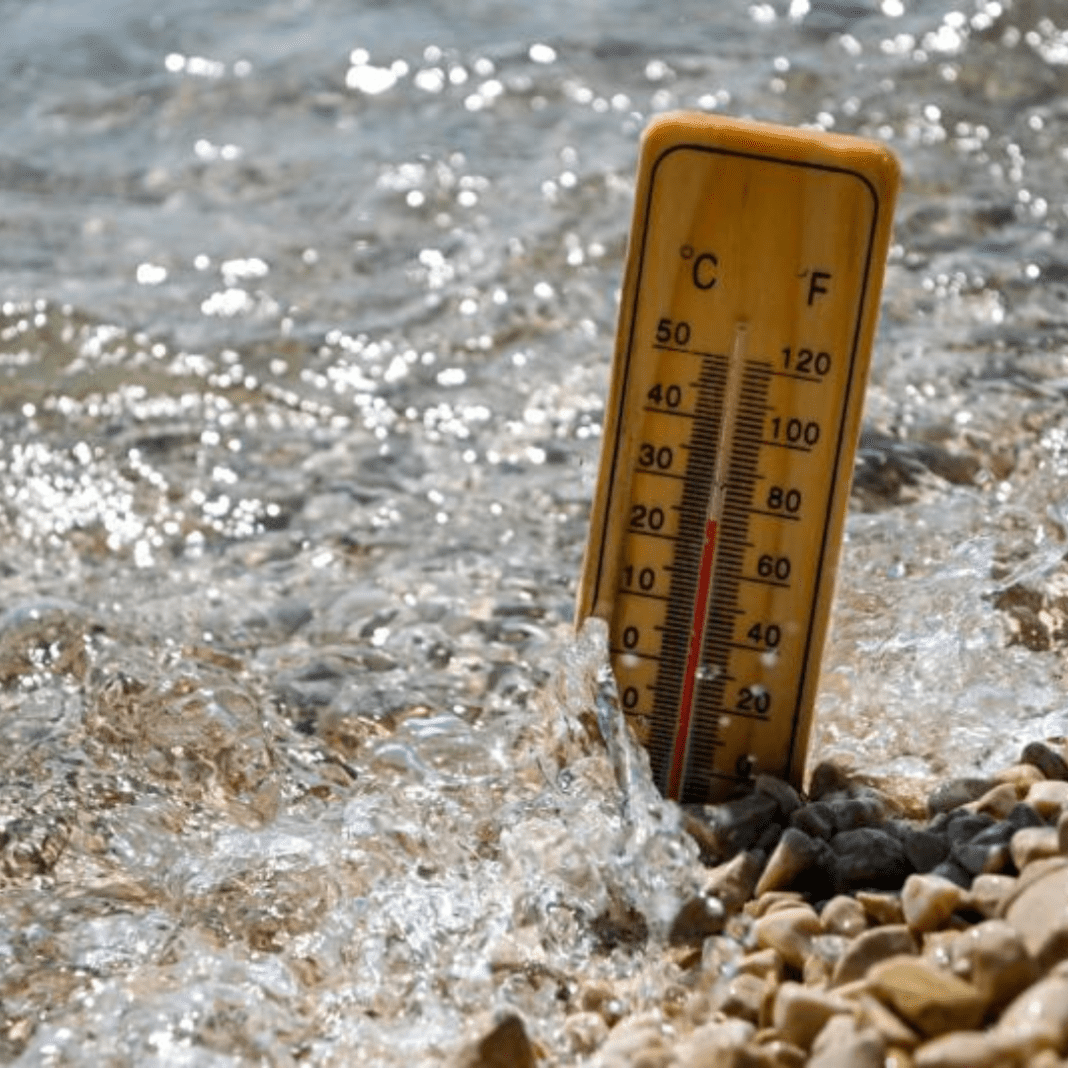A Dangerous Speed-Up in Ocean Heating
Ocean temperatures are rising far more quickly than anyone anticipated. Ocean surface temperatures have been rising 4.5 times faster than they were previously, according to scientists’ findings since 2019. Because warmer waters have an impact on the weather, marine life, and even our daily lives, this is a serious worry.
Scientists examined sea surface temperatures dating back to 1980 to get a sense of how quickly things are changing. The waters warmed by 0.06 degrees Celsius per ten years between 1985 and 1989. However, the warming increased to 0.27 degrees Celsius each decade between 2019 and 2023. In just a few years, that is more over four times quicker.
This rapid warming isn’t just a number. It means oceans are soaking up a lot more heat than before. And this extra heat doesn’t stay put — it spreads out into the air and into the food chain, affecting animals, people, and the planet in many ways.
What’s Causing the Oceans to Heat Up?
The main reason the oceans are getting hotter is greenhouse gas emissions. These gases — like carbon dioxide and methane — come from cars, factories, and burning fuels like coal and oil. They act like a blanket around the Earth, trapping heat from the Sun.
Normally, the Earth balances energy. It takes in sunlight and then sends some energy back out into space. But now, because of all the extra greenhouse gases, less of that energy is escaping. So, the Earth keeps getting warmer — and the oceans feel it the most.
Critical Vulnerabilities: The Dark Side of Pacemaker Technology
Some people might think weather events like El Niño or volcanic eruptions are to blame. While these can change ocean temperatures for a short time, they don’t explain the long-term rise. The real cause is the growing imbalance of energy in the Earth’s system — more heat is coming in than going out, and that heat is building up in the oceans.
Why This Matters to Everyone
Oceans cover more than 70% of our planet. When they heat up quickly, it doesn’t just hurt sea animals like fish and coral reefs. It also affects people.
Hotter oceans can create stronger and more dangerous storms. They can cause more floods, droughts, and heatwaves. Rising sea temperatures also make sea levels go up because warm water takes up more space and melts ice in the polar regions.
When sea levels rise, it threatens cities near the coast. Beaches can disappear. Homes can flood. Food supplies from the sea can shrink. Even the air we breathe can change, because oceans play a big role in controlling carbon dioxide in the atmosphere.
How Cyber Attacks on Industrial Control Systems Can Endanger Lives ?
This heating also damages ecosystems — the natural places where plants and animals live and grow. Coral reefs, which are home to thousands of species, are especially at risk. When oceans get too warm, coral reefs bleach and die, and this affects fish, humans, and entire food chains.
To better understand all this, scientists have been using data from satellites. These satellites have been tracking global sea surface temperatures since 1980. This long-term data helped scientists discover how much faster the oceans are heating up today compared to 40 years ago.
They also learned that while short-term changes like weather events do cause ups and downs, the overall trend is that ocean temperatures are rising faster than ever before. This shows that the Earth is storing more heat than it can handle.





